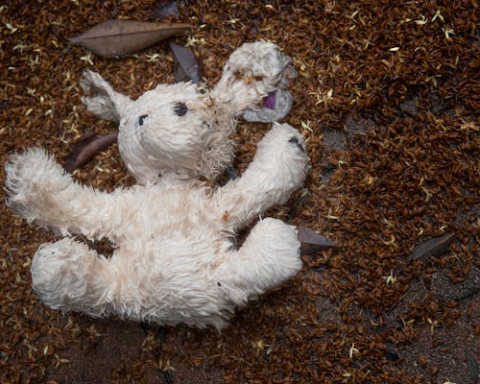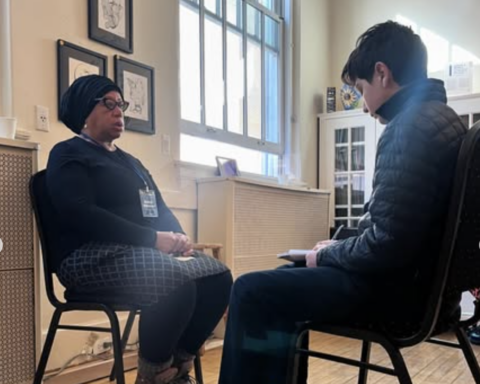Rhythm and Blues has come a long way since its roots in the 1950s, evolving each decade and reflecting changes in the times. From soulful Motown rhythms to the more hip-hop influenced rhythms of today, this genre has continuously redefined itself and shown us the different blends and diversity that go into its culture. As it adapts to the modern world, with new trends, technology, and lifestyle, R&B remains a powerful force in shaping culture, the music industry, and the deep emotions that come with songs.
What happened throughout the decades to shape R&B into what it is today? How did the classic soul of the 60s change to the experimental voices of the 2000s? And what role has technology played in transforming the sound of R&B? The answers to these questions reveal the diverse journey of a genre that continuously pushes its boundaries and redefines itself into what we call the “soul of music.”
1950s-1960s: Origins
The 1950s through the 1960s take us back to when R&B emerged as a fusion of blues, gospel, and doo-wop. During this time, R&B laid out its expectations for what its culture truly is, with its emotional harmonies and passionate voices filled with power. The music we hear from this era made it out of its shell when African Americans migrated to more urban towns with resources like recording studios, microphones, and radios. These resources allowed the original culture of rhythm and blues to spread into a wide variety of new places that shared the music even more.
Ray Charles, known as “The Father of Soul,” combined gospel with a mixture of blues to create a powerful sound, which you can hear in the song, “What’d I Say.” Sam Cooke brought to the 50s a sense of smooth, sophisticated style, with songs like “You Send me” (1957), which is a very soft and romantic tune with effortless vocals. Or “I’ll Come Running Back to You” (1957), which displays his love and regret through singing, sending a heartfelt message for a second chance. Messages through songs display the deeper emotions in the singer, which is what made these artists in the 50s such great singers overall.
1970s-1980s: Grooves and Electric
In the 1970s and 1980s, R&B changed and became more exciting and fun to listen to and dance to. Artists started using more electric instruments like electric guitars, drum machines, and keyboards to make the music sound more like an odd mixture, powerful and rhythmic at the same time.
Michael Jackson, an artist who used this trend at the time, created the song “Rock Wit You”(1979), which uses a soft groove sound that would make anyone want to dance. The instruments used in this song are a mixture of keyboards and drums, the main instruments for this era in R&B, as they bring a soft, dancing, and groovy vibe to the music. Another artist during this period was Barry White. An iconic R&B artist at the time, he used his lush, velvety voice to capture the attention of all with songs like “Can’t Get Enough of Your Love, Babe” (1974). This song brings his love and passion to listeners’ attention, with the sensual yet exciting wah-wah guitars and vibraphones mixed with the smooth, deep emotions in his voice. Overall, this era brought us lots of fun and excitement, bringing to many people all over the world this groovy, passionate music.
1990s-2000s: Hip-hop and Smooth Rhythms
In this era, the 1990s through the 2000s–– or should I say R&B’s prime? –– R&B music took off and made the world, influencing clothing styles like low-rise jeans, crop tops, and fitted caps. Artists during this time put their heart and soul into their music, which consisted of their deep, sensual, and passionate aesthetic that made listening to music more relatable, comforting, and enjoyable. The music of this time was more relatable than in the 70s and 80s, due to the way artists discussed issues, heartbreak, social life, and life in general.
A popular artist at the time was Keisha Cole, who quite literally poured her heart out into her songs, and has a famous song titled “Love” (2005). This song has to do with her being in love, then having the broken feeling of not knowing whether to choose to move on or keep loving them. With her amazingly high vocals and emotional words, she puts these feelings into a deep perspective for anyone to enjoy. Keisha Cole states in “Love”: “ I used to think that I wasn’t wild enough.” This line highlights her initial feelings of sorrow and hope throughout the song.
Another top artist of the era was Ne-Yo. Ne-Yo was a huge influence because of his style of combining the genres of R&B with pop. He first started as a songwriter, writing songs like “Let Me Love You” by Mario and “That Girl” by Stevie Wonder, which showcased his great ability in the music field even before he became a soloist.
Overall, this dashing era made itself the prime R&B existence, by giving rise to and fame to timeless music that speaks on love, passion, and heartbreak. It was a decade where artists weren’t afraid of being emotional and telling deep, heartfelt stories. It was a decade where they were embracing these feelings and passion, which made the decade one to remember.
2010s- Now: Vibes Over Vocals
Modern R&B from the 2010s to now has shifted towards more mood-driven and production aesthetics, leading artists to capture more physical attributes, as in the background and techniques that happen “behind the scenes” that come with their music. Artists like Frank Ocean authored songs like “Thinking Bout You” (2012), which values his strong emotions rather than perfection, showing a minimalist, heartfelt sound. Another artist known for her unique blend of R&B and alternative is SZA, or Solana Imani Rowe. She relates her life to her incredible songwriting. A song by her that truly shows her style and way of storytelling is “Snooze” (2022). This song is about her love and vulnerability, blended with dreamy production. A line from “Snooze” that truly combines her storytelling creativity is: “How can I snooze and miss the moment you’re just too important,” showing how she connects her song topic to storytelling.
Frank Ocean and SZA represent how modern R&B has evolved into a deeply personal and emotional genre, where storytelling and atmosphere are just as important as the vocal performance, which gives listeners a new idea of R&B culture.
Transformation
From blues, gospel, and doo-wop to modern storytelling aesthetics, R&B has changed immensely, shifting to reflect each decade. As it has moved on, it has begun to blend with other genres, pushing boundaries and expectations. Today, R&B has become more experimental, emotional, and personal, unlike the fashion, love-based R&B hits of the 2000s. If there were one word to describe R&B’s journey, it would be “evolution.” It is a genre that keeps growing and adapting while continuously redefining itself.
Zoe Borish is a 13-year-old aspiring journalist living in NYC who loves sports, food, music, and the 2000s.







